When a full Moon occurs at the closest point to Earth during its orbit, it appears larger and brighter, becoming what is commonly known as a ‘supermoon’.
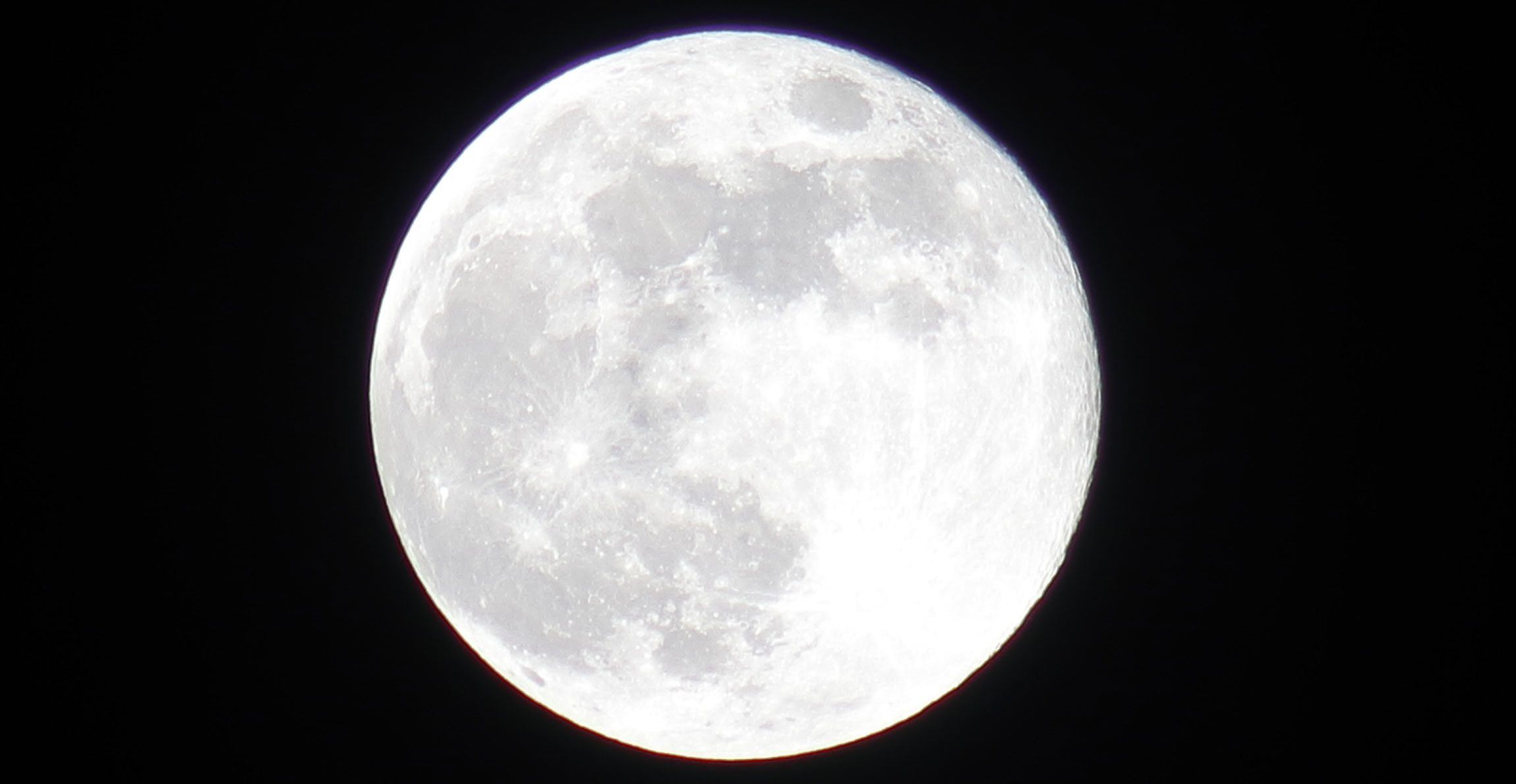
Supermoons cast about 30% more light on the planet than when the Moon is at its dimmest. © W.H -TRAVEL PHOTOGRAPHY/ Shutterstock
A supermoon is widely recorded as being much larger and far brighter than the Moon on any other night – and there’s an easy explanation for it.
Our planetary science researcher Professor Sara Russell shares what a supermoon is and what makes it shine so brightly.
The supermoon cycle
Supermoons aren’t unusual. They occur as a regular part of the Moon’s orbit of Earth.
“There’s no formal scientific definition of a supermoon, but it occurs when there’s a full Moon and the Moon is also closest to the Earth,” Sara explains.
“It’s very rare that an orbiting body follows an exactly circular path. The Moon has a slight ‘eccentricity’, meaning it travels in an elliptical path around the Earth – so it’s sometimes nearer and sometimes further away.”
Throughout its orbit, the Moon varies between about 360,000 and 400,000 kilometres away from our planet.
Perigee is the point at which the Moon is closest to the Earth. When the Moon is at this point, it appears around 14% bigger than a full Moon at the furthest point away, at apogee – when the Moon is sometimes called a ‘micromoon’.
“It’s not that much, actually, and it’s doubtful that it makes a huge difference to how it looks, but it gets people looking up at the Moon and thinking about it,” says Sara.
Why does the Moon look so big?
As a supermoon rises and sets on the horizon, it will appear even larger. This is because of the well-known ‘Moon illusion’.
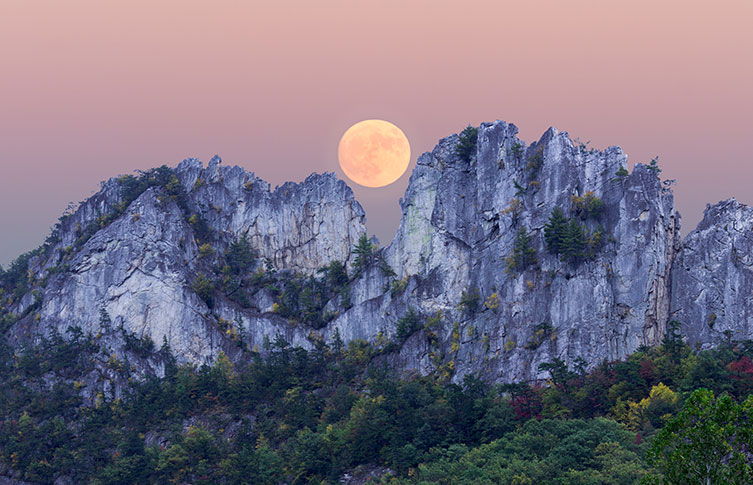
A well-known illusion causes the Moon to appear bigger on the horizon than in the middle of the night sky. © Steve Heap/ Shutterstock
“The Moon, of course, doesn’t vary in size according to where it appears in the sky,” says Sara.
“It may be that when it’s near the horizon there are objects, like trees and buildings, that it can be compared in size to, whereas in the middle of the sky there are no points of comparison, which makes it seem smaller.”
Extra bright
Supermoons cast about 30% more light on the planet than when the Moon is at its dimmest. This is because as it’s closer, more of the Sun’s rays that reflect off the lunar surface make it to Earth.
Sometimes full Moons coincide with the Moon passing especially close to Earth. When this happens, it results in a particularly spectacular supermoon. The one on 14 November 2016 was the closest since 26 January 1948. It won’t be beaten until 25 November 2034.
The closest supermoon of this century will occur on 6 December 2052.
“The Moon is actually, very slowly, moving away from Earth, so our supermoon today was just a typical Moon a billion years ago,” Sara adds.
How often does a supermoon occur?
A full Moon occurs once in each lunar cycle, which lasts 29.5 days. But not every full Moon is a supermoon – there are only usually three or four supermoons in a year.
“During a supermoon, the Moon is at a stage where it’s closest to Earth. This will typically last for two to five full Moons, so that’s why there are multiple supermoons in a row. After that, the Moon goes into the more distant part of its orbit,” Sara explains.
Do supermoons cause natural disasters?
The ocean’s tides are caused by the gravitational forces of both the Sun and the Moon. Some theories suggest that supermoons can cause dramatic natural events, such as massive earthquakes and volcanic eruptions.
Sara disagrees. “There seems to be no basis for thinking this is the case. Natural disasters are no more common when there is a supermoon than when there is not,” she says.
“There will be an effect on tides, but this is very tiny, perhaps only affecting them by a few centimetres at the most.”
When is the next supermoon?
Supermoons in 2026 will occur on:
- 3 January
- 24 November
- 24 December
These are predicted by astrophysicist Fred Espenak. See more supermoon dates on his Astropixels website.
Special supermoons
On rare occasions, a lunar eclipse occurs on the same night as a supermoon. Because the Moon looks red, it’s known as a ‘super blood Moon’. This was the case on 21 January 2019.
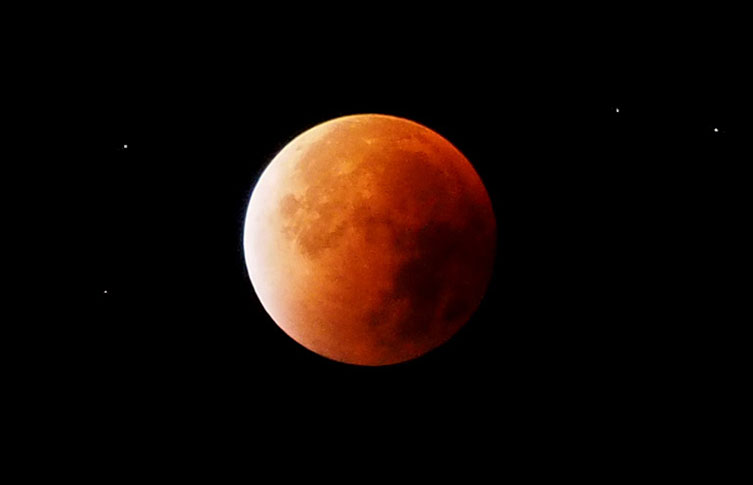
Very little light reaches the Moon during a lunar eclipse. Instead of being blocked out completely, it appears red in colour. Image courtesy of Bautsch via Wikimedia Commons.
Even more rarely, this also coincides with a blue Moon, the name given to the second full Moon in a calendar Month. This is what happened on the night of 31 January 2018 – a super blue blood Moon.
Sara explains what happens during an eclipse of the Moon:
“During a lunar eclipse, the Sun, Earth and Moon are in perfect alignment. The Earth is in the middle and blocks out most of the sunlight, but a little light will reach the Moon from around the edges of the Earth.”
“As this light passes through Earth’s atmosphere it’ll tend to refract, or bend, slightly. Blue light bends more than red light, so the blue light is more scattered. More red light tends to make it to the Moon and is then reflected off the lunar surface to come to Earth. So to us, the Moon appears red.”
“Lunar eclipses can look amazing, and when it’s a supermoon it should be quite a spectacle.”
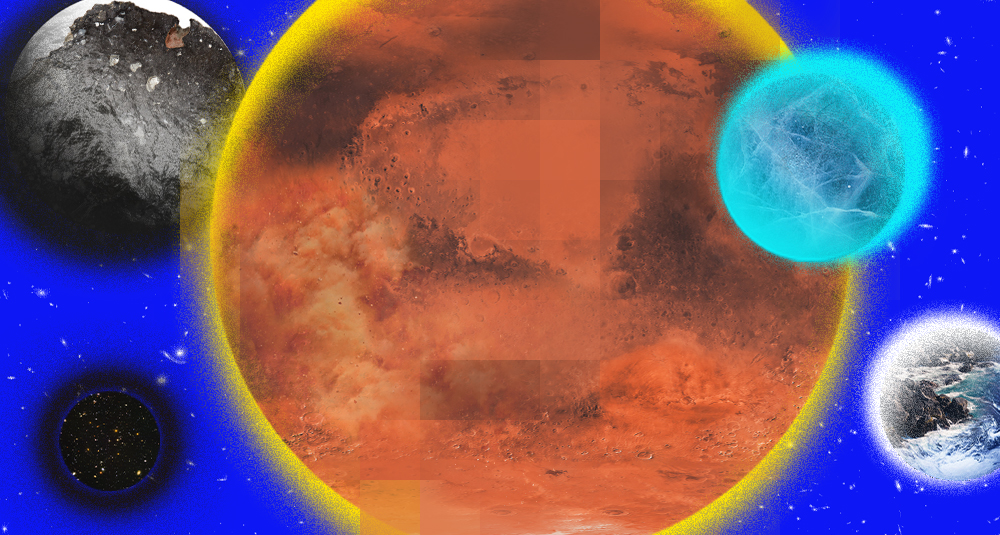
Space: Could Life Exist Beyond Earth?
Find out in our latest exhibition! Snap a selfie with a piece of Mars, touch a fragment of the Moon and lay your hands on a meteorite older than our planet.
Open now
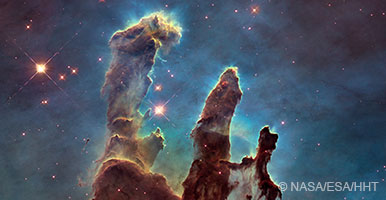
Explore space
Discover more about the natural world beyond Earth’s stratosphere.

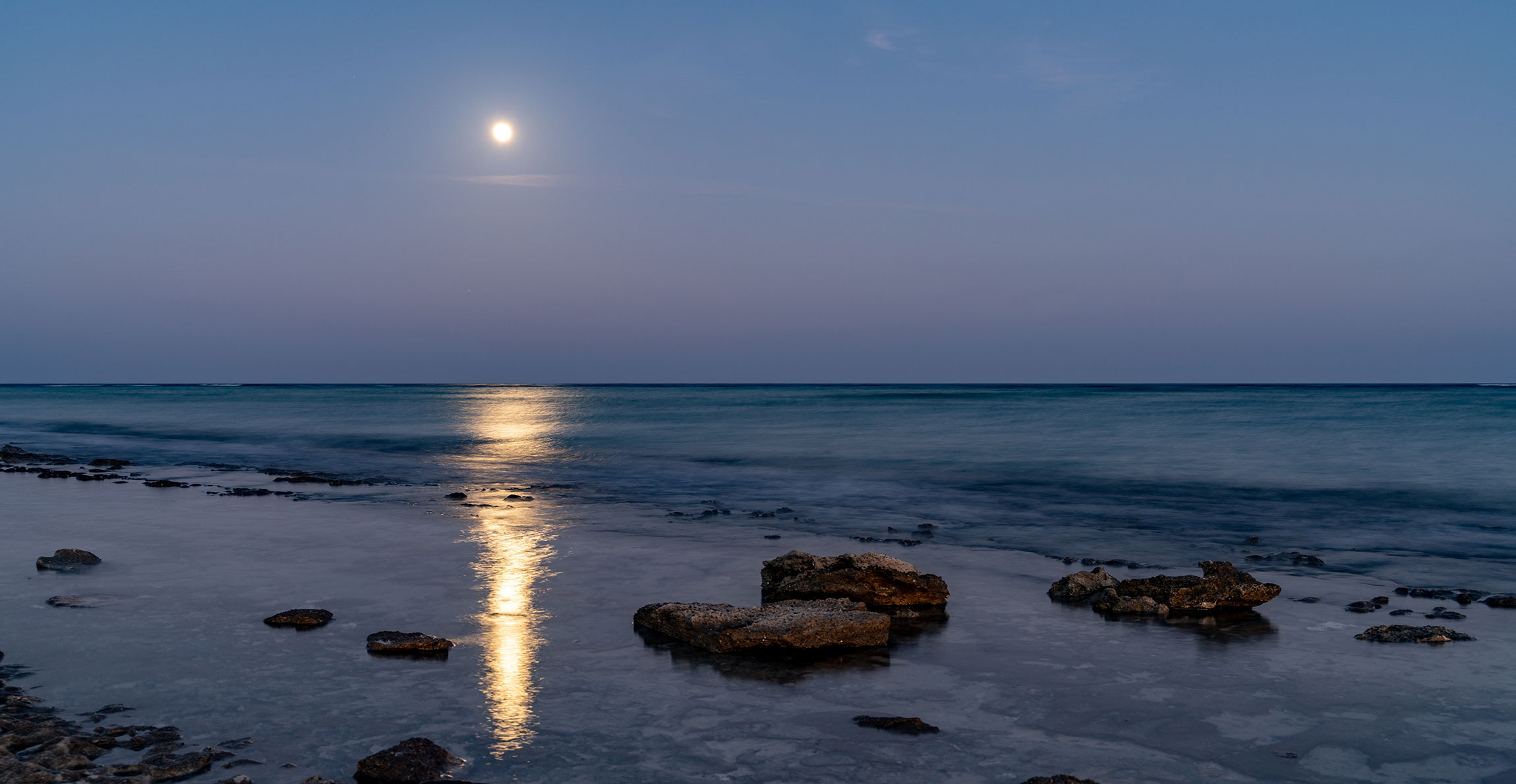
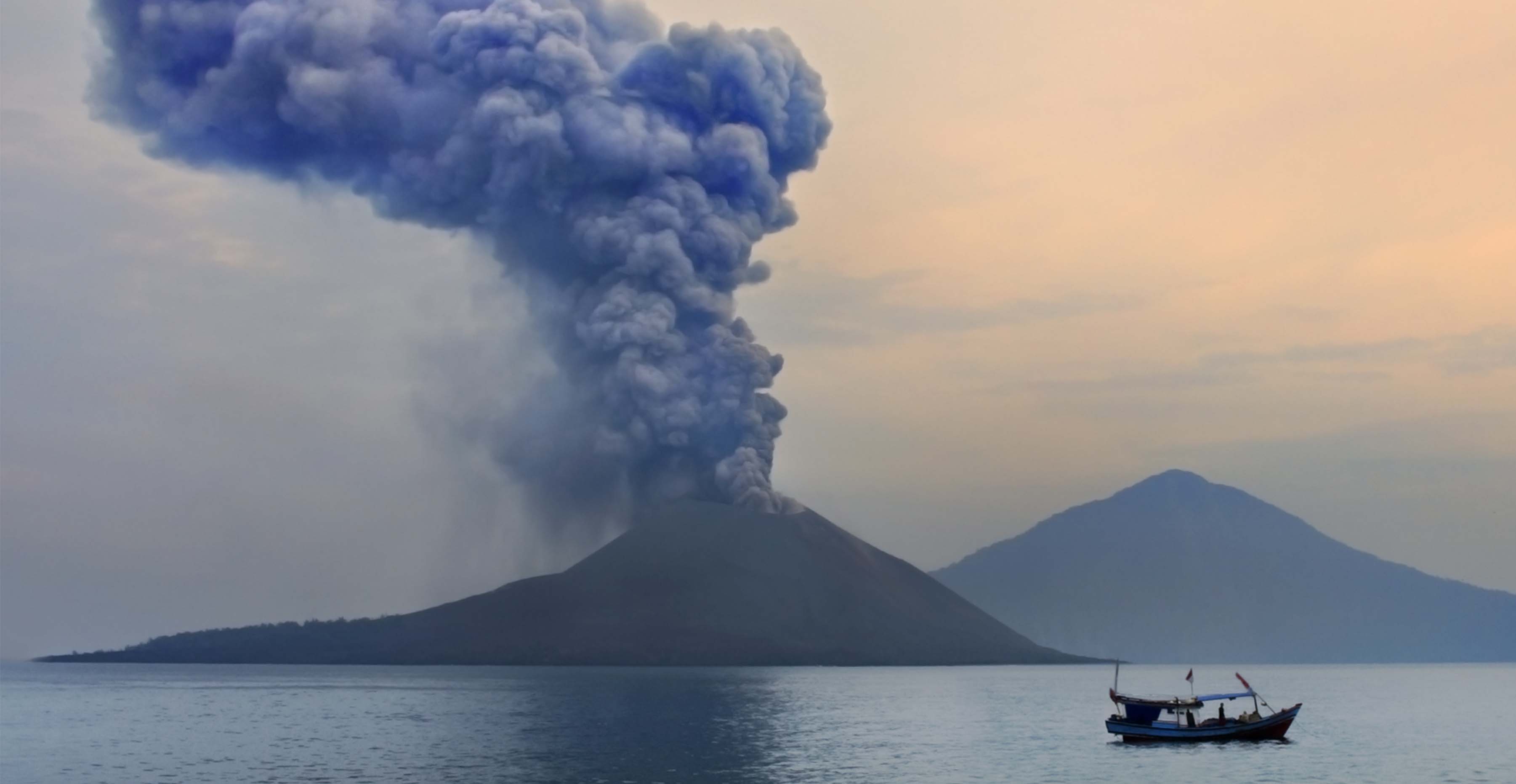
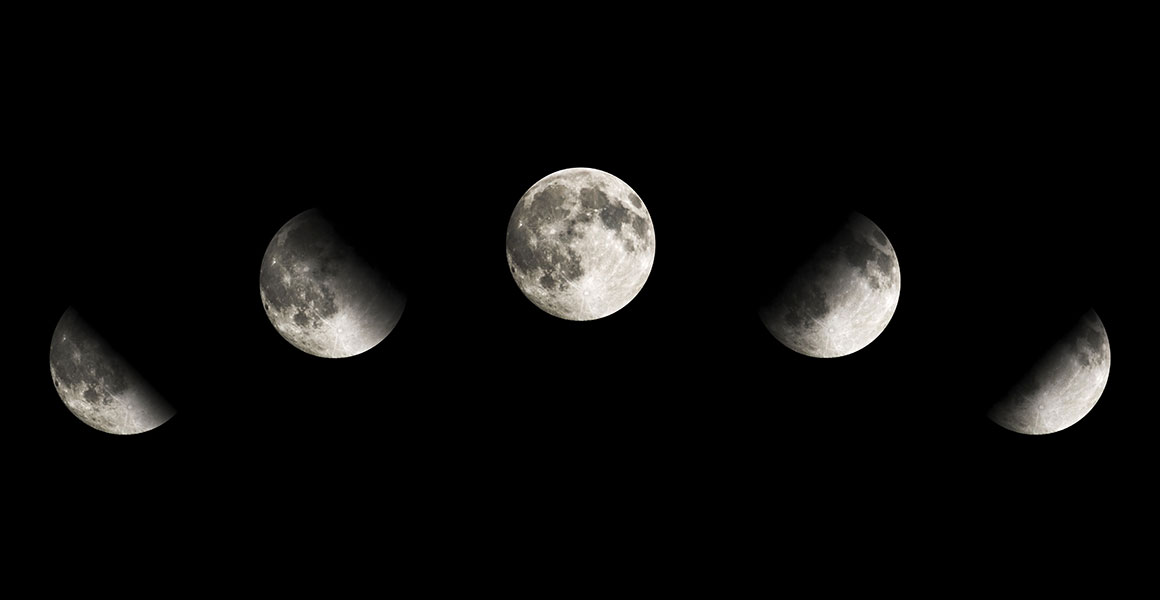
Don't miss a thing
Receive email updates about our news, science, exhibitions, events, products, services and fundraising activities. We may occasionally include third-party content from our corporate partners and other museums. We will not share your personal details with these third parties. You must be over the age of 13. Privacy notice.
Follow us on social media